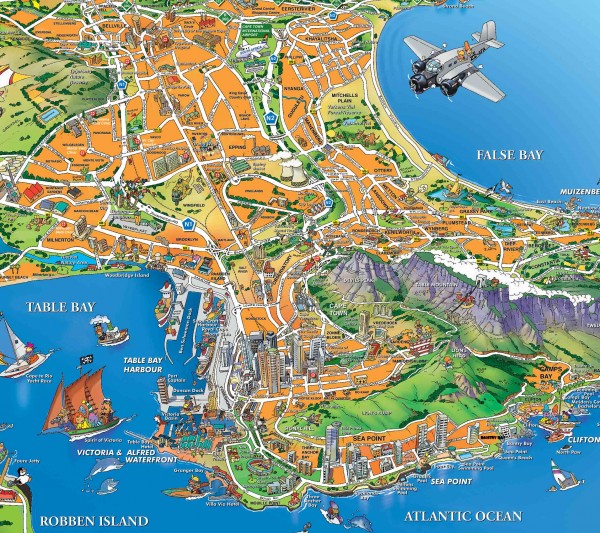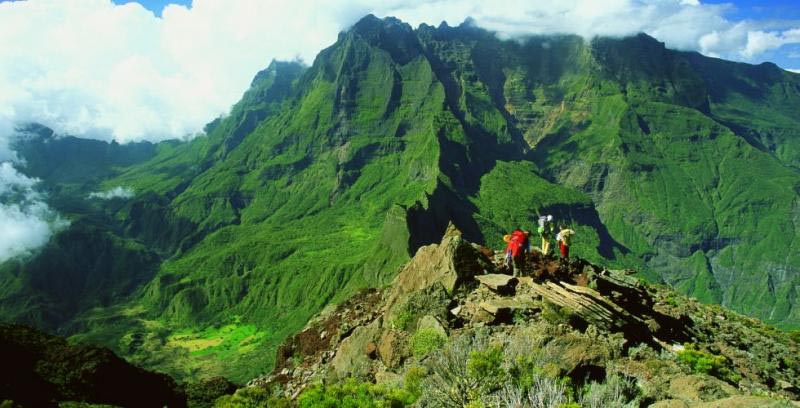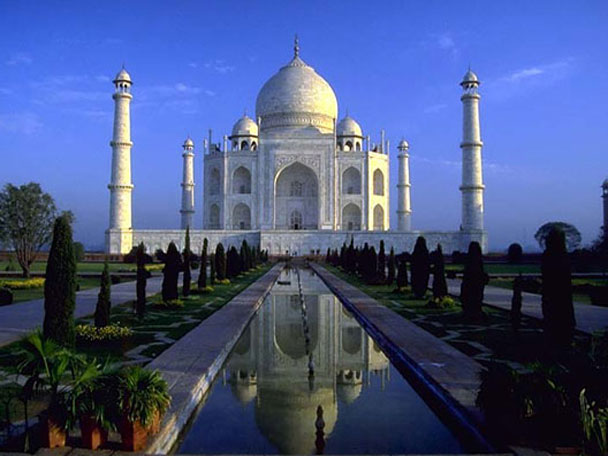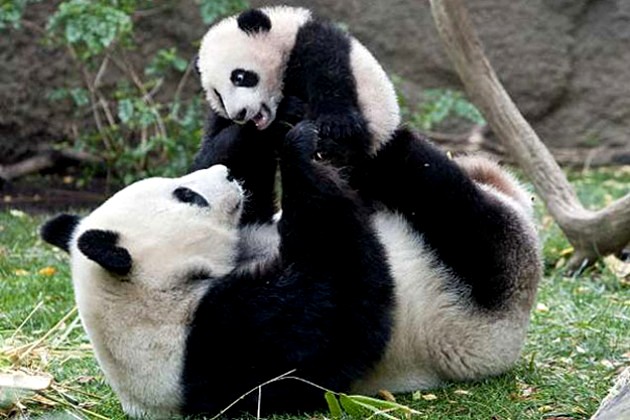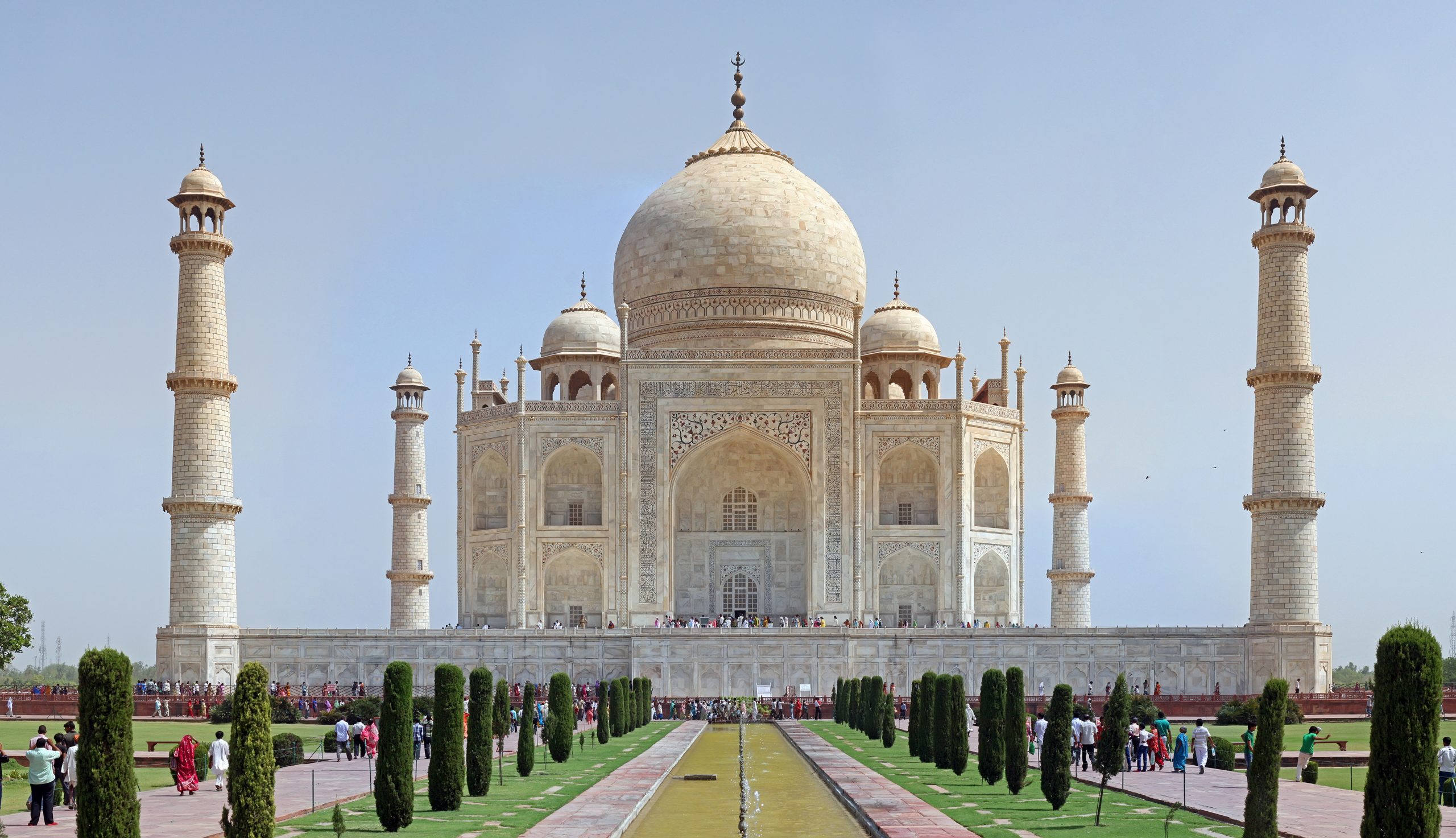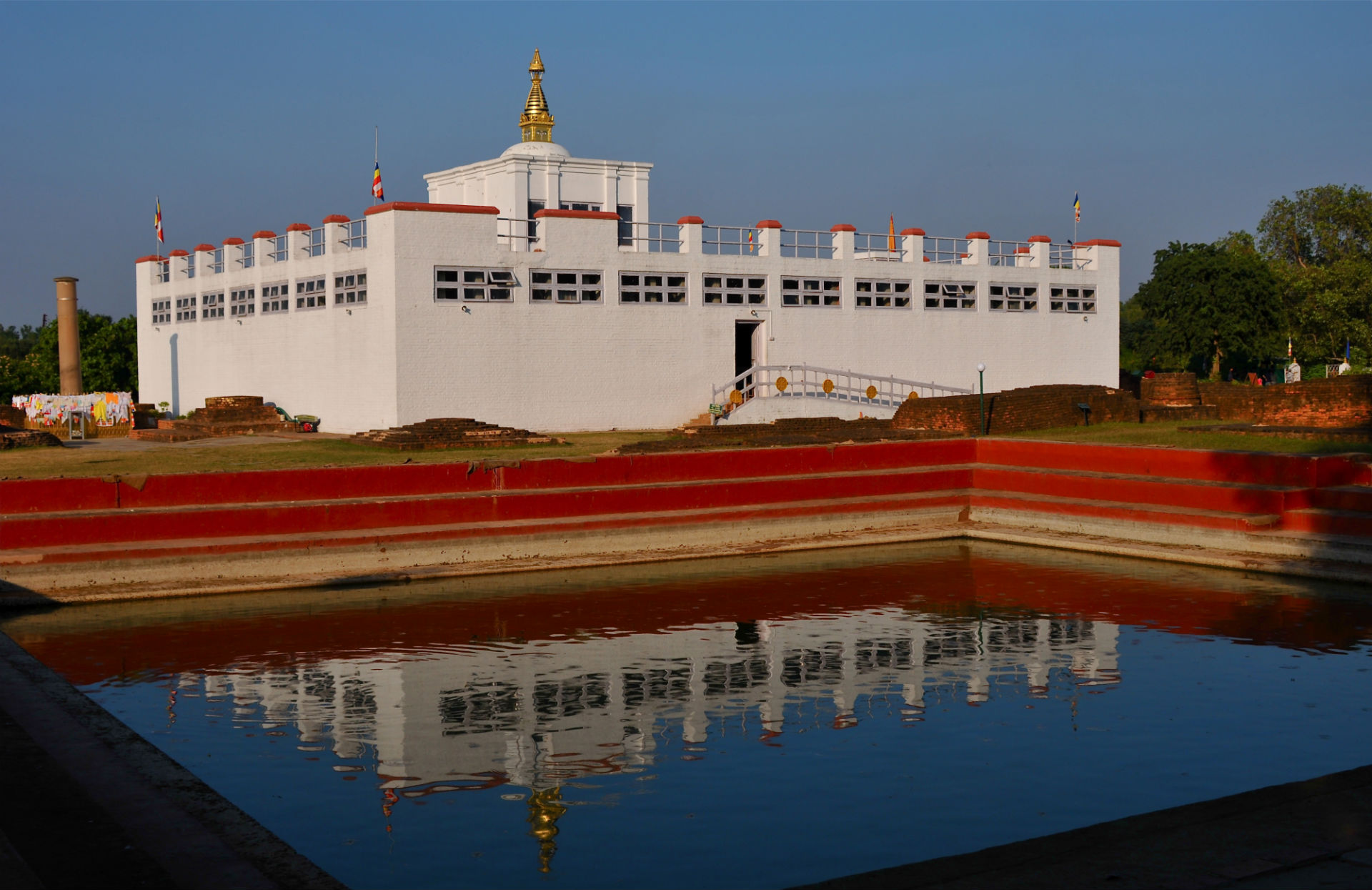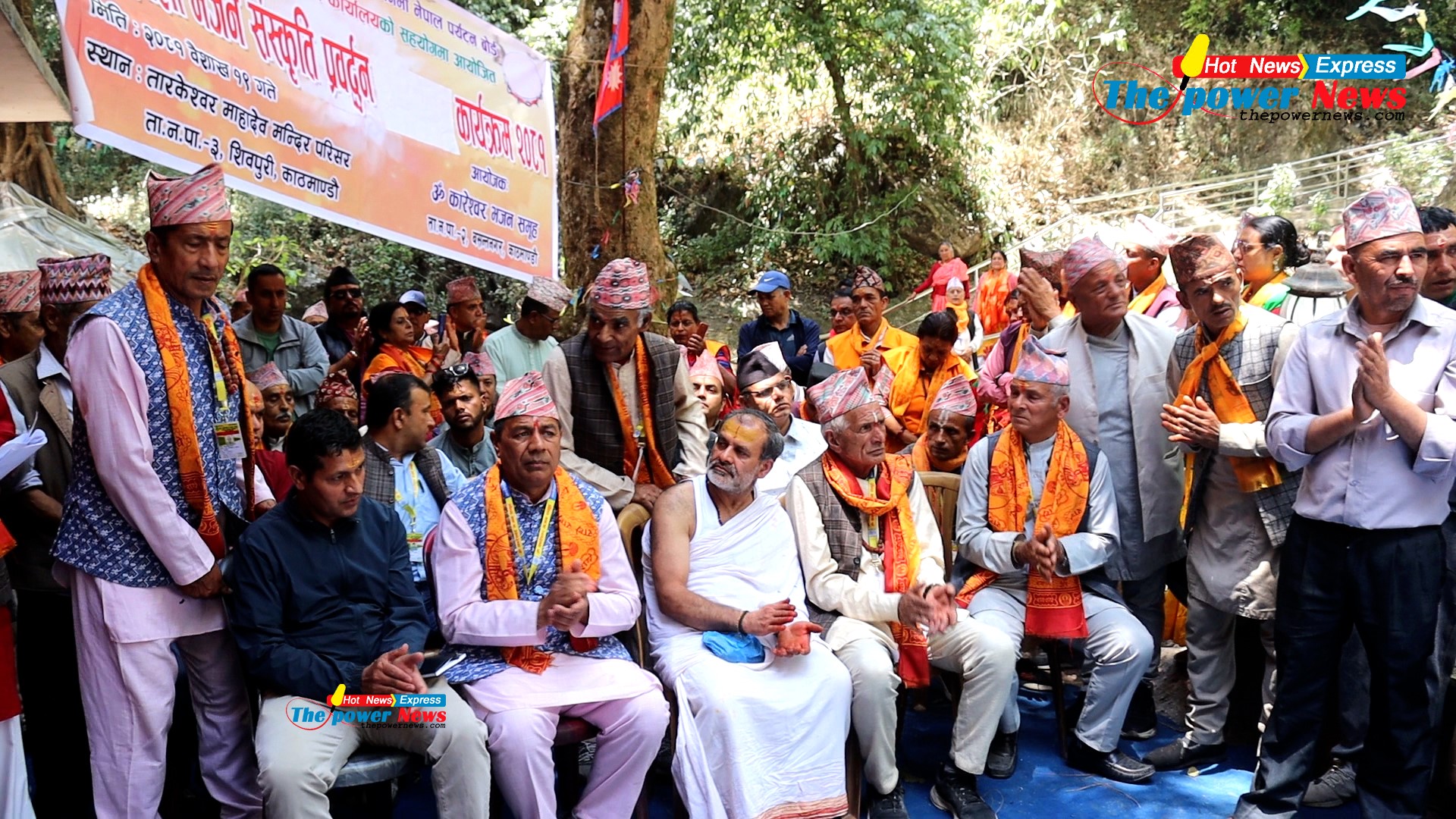On Seclusion Day, which marks the arrival of New Year 1937 in the Saka calendar, Hindus turn lights off, stop all activities, including traveling, refrain from any kind of entertainment, and stay indoors to contemplate.
This annual seclusion day was celebrated in Bali, Indonesia on Saturday, and tourists from around the world got a taste of it. The resort island of Bali remained dark on Saturday evening with Hindus, who constitute a majority of the population there, observing Seclusion Day.
All lights on streets and in houses were turned off, while hotels had been urged to block any light peeking out of their premises. Furthermore, the thousands of temples on the island remained dark and quiet on Saturday evening to make it appear as “an island without dwellers.”
Chief of the Bali chapter of the Indonesian Hindus Council (PHDI), Professor Dr. Gusti Ngurah Sudiana, said that the observation of Seclusion Day was aimed at making people control lust (greed).
Hindus are obligated to observe the event, while non-Hindus on the island are expected to do the same. However, if they are unable to turn the lights of their establishments off, they are urged to prevent light from coming out of their homes.
It is these individual customers who refrained from using electricity the whole day on Saturday to commemorate Seclusion Day. Hotels and the Ngurah Rai Airport still needed power to carry out their operations and services.


